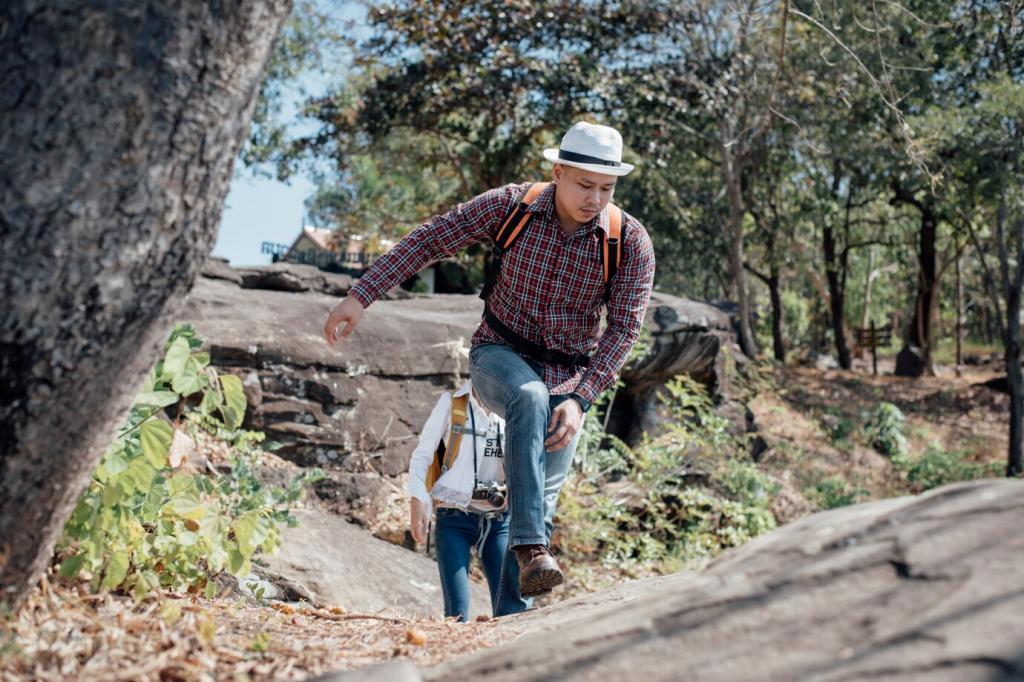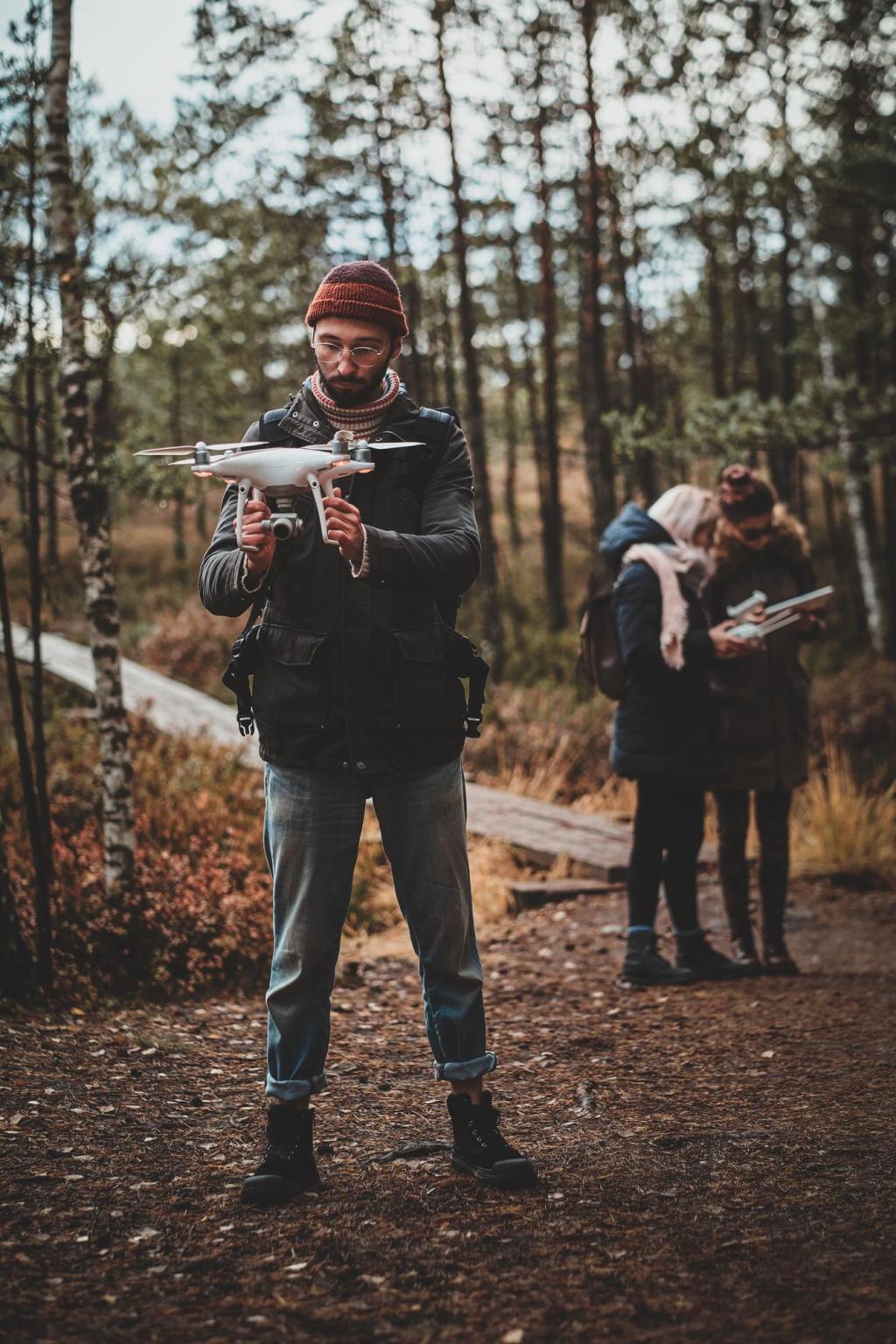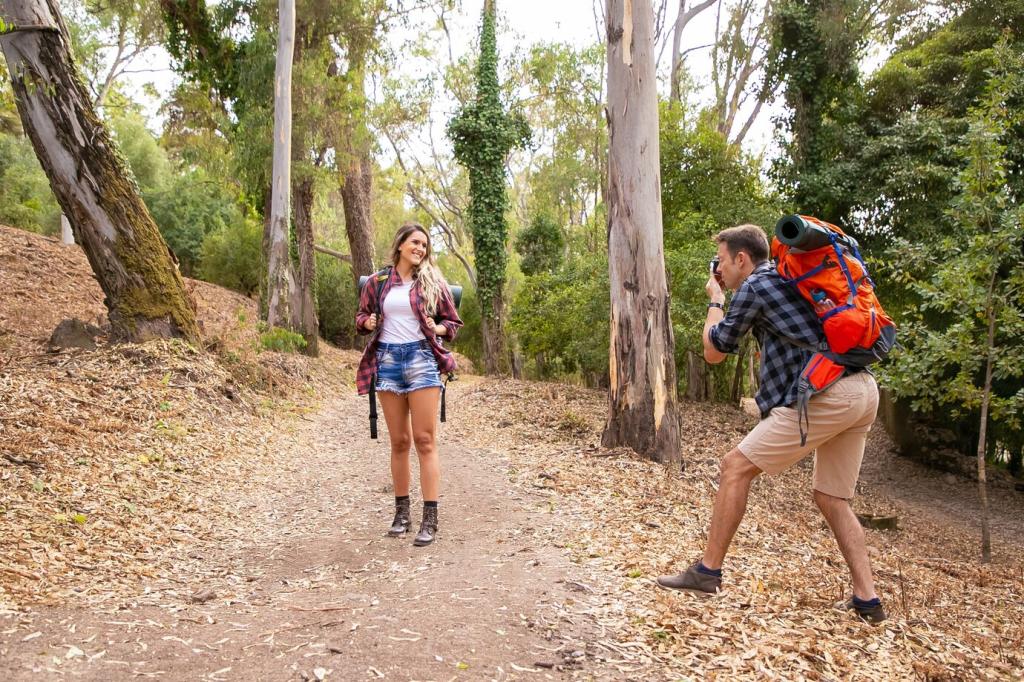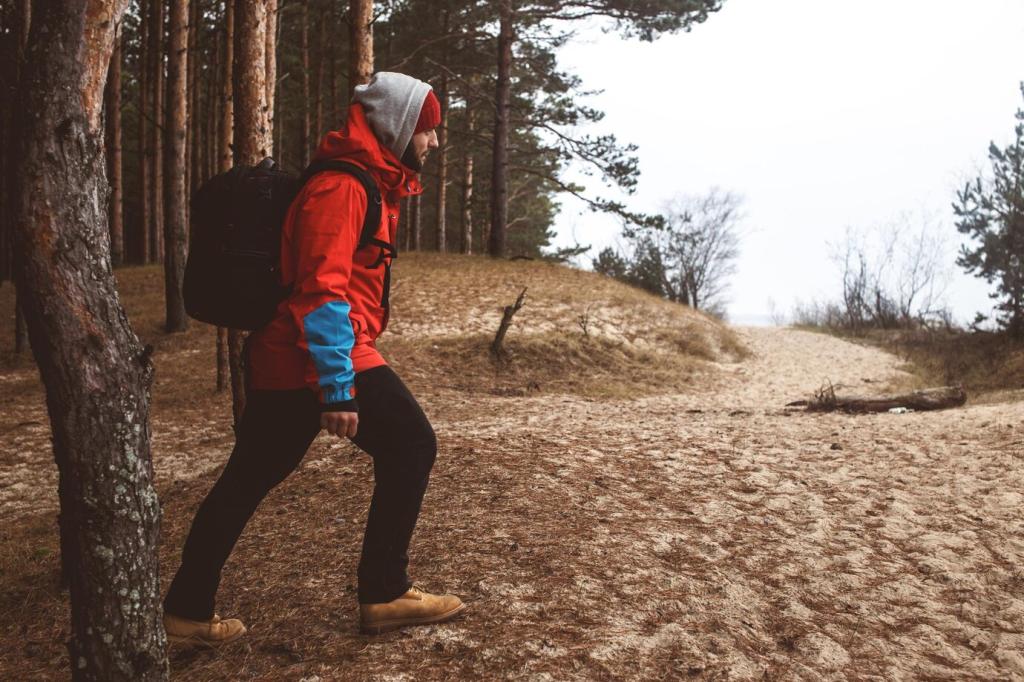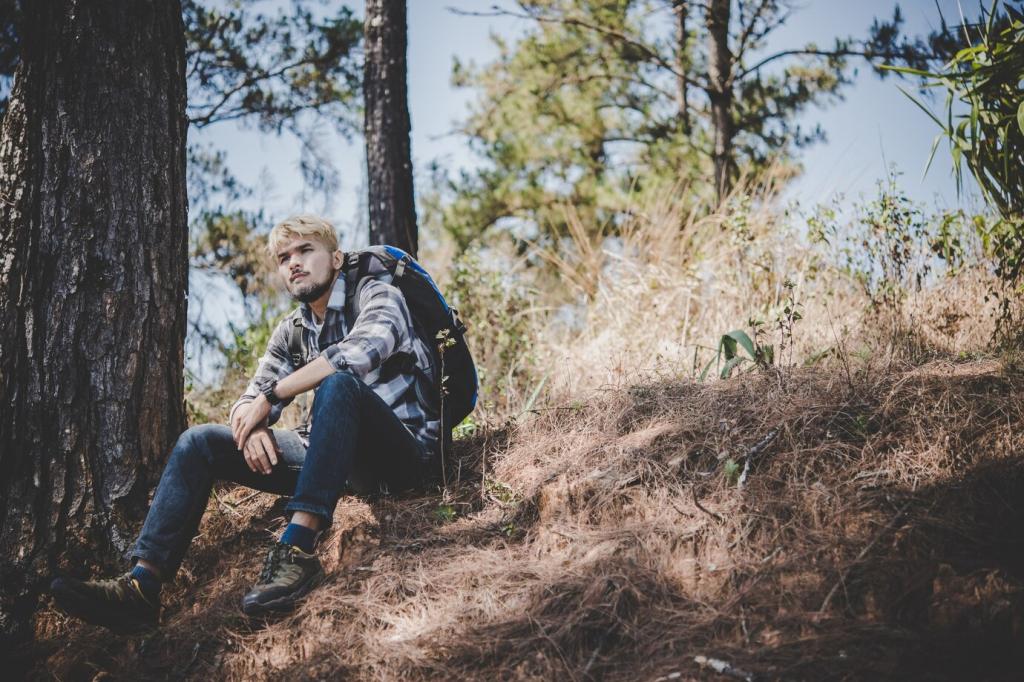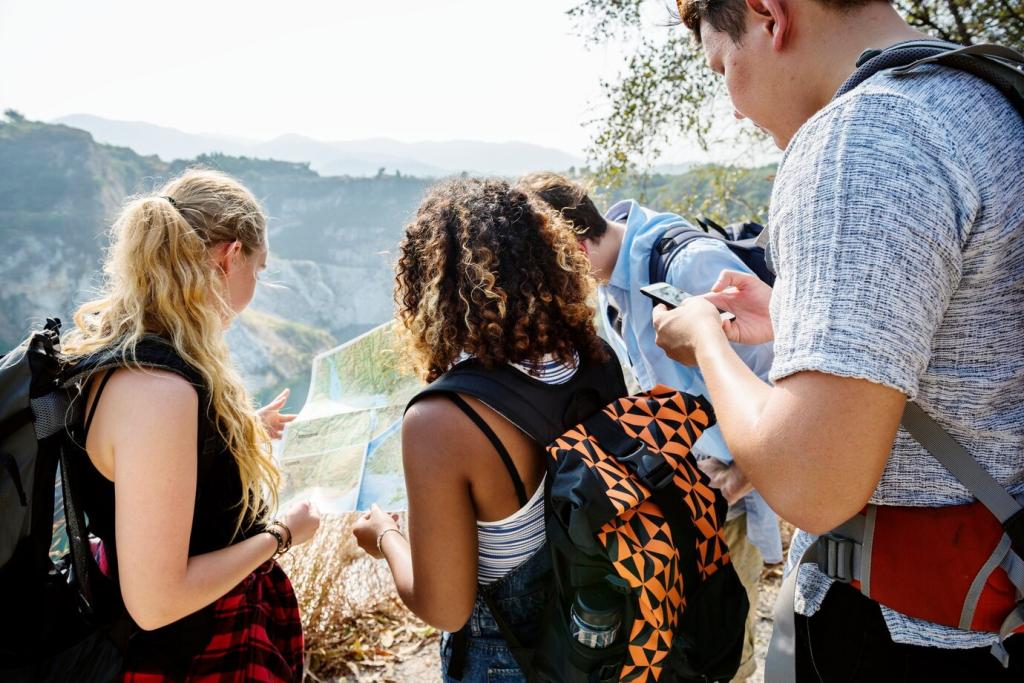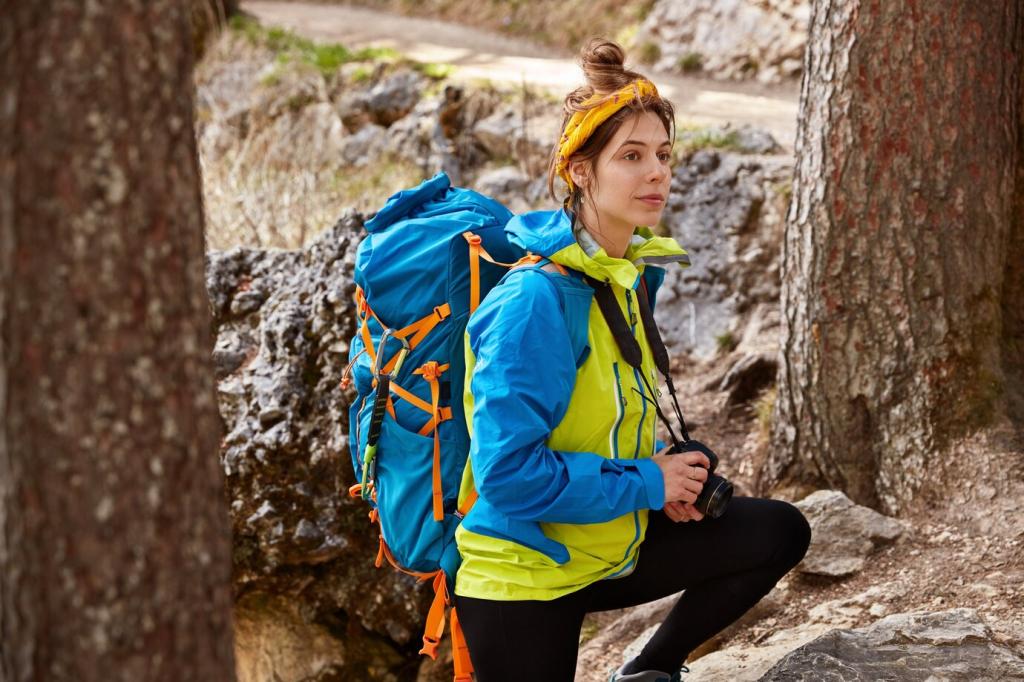Finding Authentic Eco‑Trails Near You
Begin with national park websites, state natural areas, and local land trusts. Filter trail apps for conservation status, boardwalks over sensitive habitats, and seasonal closures that indicate careful stewardship.
Finding Authentic Eco‑Trails Near You
Look for trailhead signs mentioning restoration zones, wetland crossings, or wildlife corridors. These markers often signal eco‑trail design, guiding you toward routes built to protect fragile ecosystems.
Finding Authentic Eco‑Trails Near You
Chat with rangers, volunteer crews, and nature center staff. Their on‑the‑ground knowledge reveals quieter eco‑trails, off‑peak times, and small details maps miss, like seasonal boardwalk access or nesting closures.

